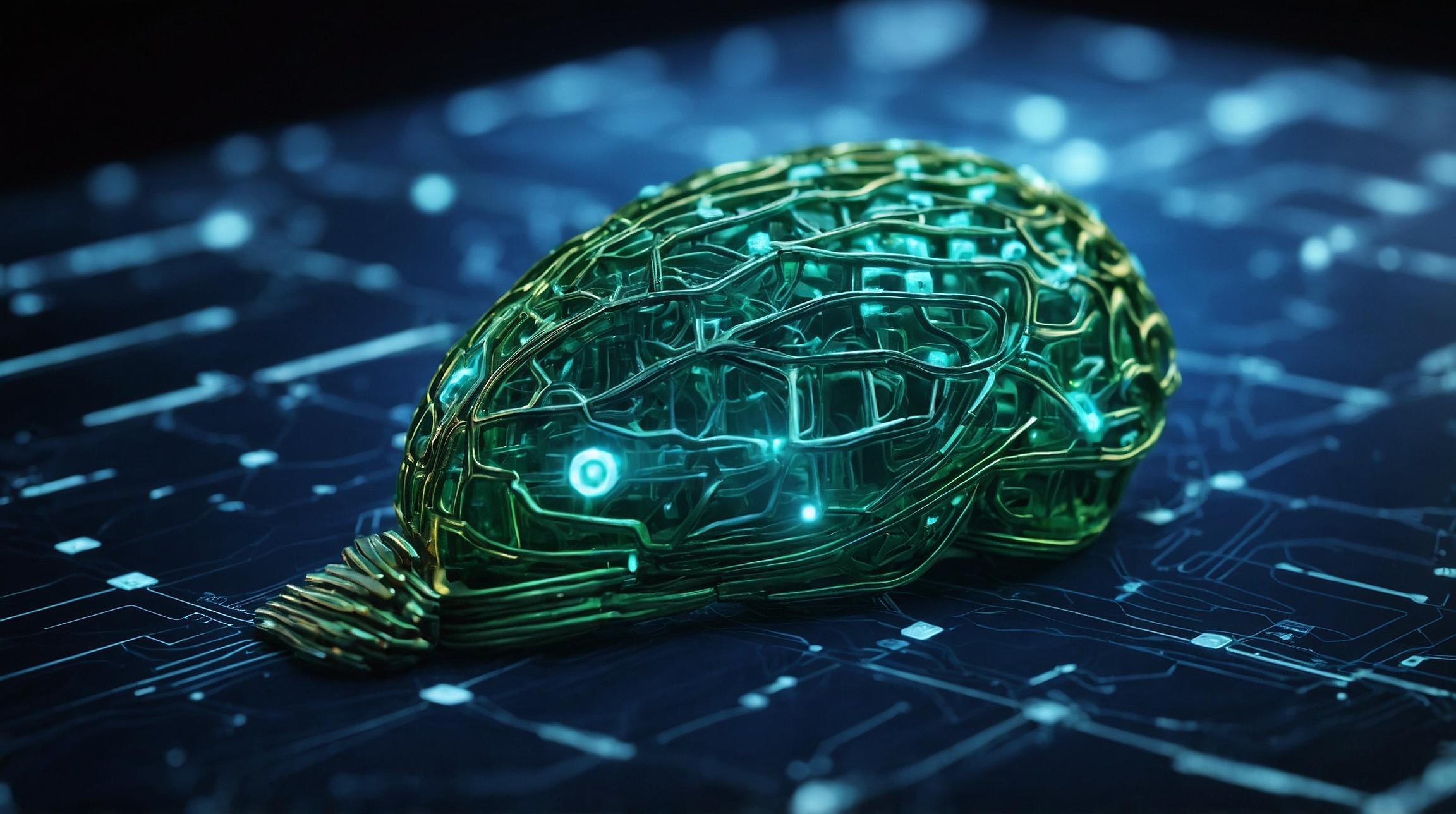What's the Current State of AI In Cybersecurity?
Artificial Intelligence (AI) has made significant strides in recent years, particularly in the field of cybersecurity. Today, AI assists in automating repetitive tasks such as monitoring networks for unusual activities and helping cybersecurity teams with incident response. However, it hasn't yet reached the level where it can perform critical thinking—a process that involves analyzing situations, predicting outcomes, and making complex decisions.
For example, consider a phishing email appearing to come from a company's CEO asking for a money transfer. Traditional AI might check for keywords and sender details. If they match known data, it might incorrectly flag the request as legitimate. Critical thinking AI, on the other hand, would go further—it could verify the request's authenticity, check the CEO's schedule, and even directly ask the CEO for confirmation.
Currently, humans still need to oversee AI's conclusions because AI lacks the nuanced understanding of human behavior and decision-making. This is crucial because cybercriminals are increasingly using AI to develop more advanced attacks, making it vital that cybersecurity tools keep pace.
What Are the Most Pressing Obstacles to Building Smarter AI?
While AI has potential, developing it to support critical thinking poses several challenges. One major issue is the lack of contextual understanding. AI systems process large volumes of data but often miss the "why" behind decisions, which can lead to errors if not carefully managed.
Additionally, AI requires high-quality data and precise algorithms. These systems need continuous refinement to ensure they can accurately interpret data and make informed decisions. Prompt engineering—the process of designing inputs to AI systems—is also essential to guide AI effectively.
What Steps Can Cybersecurity Leaders Take to Refine AI?
To enhance AI's capabilities, leaders in cybersecurity should focus on providing AI with appropriate context and clear objectives. This might involve creating secure channels to supply AI with relevant data that reflects an organization's specific environment and goals. Explainable AI, which involves designing AI systems whose operations can be easily understood by humans, can also improve decision-making processes.
Moreover, setting boundaries and limitations for AI systems is crucial. By restricting AI's scope to prevent unintended actions, such as unauthorized data access, companies can ensure AI functions safely and effectively. For instance, in the scenario where AI is used for financial transactions, it must be programmed to follow strict guidelines to prevent misuse.
In conclusion, while AI has not yet achieved the level of critical thinking required for independent decision-making in cybersecurity, it is moving in that direction. By addressing current challenges and guiding its development, the industry can leverage AI to not only automate tasks but also enhance decision-making processes, staying ahead of cyber threats in increasingly complex digital landscapes.













